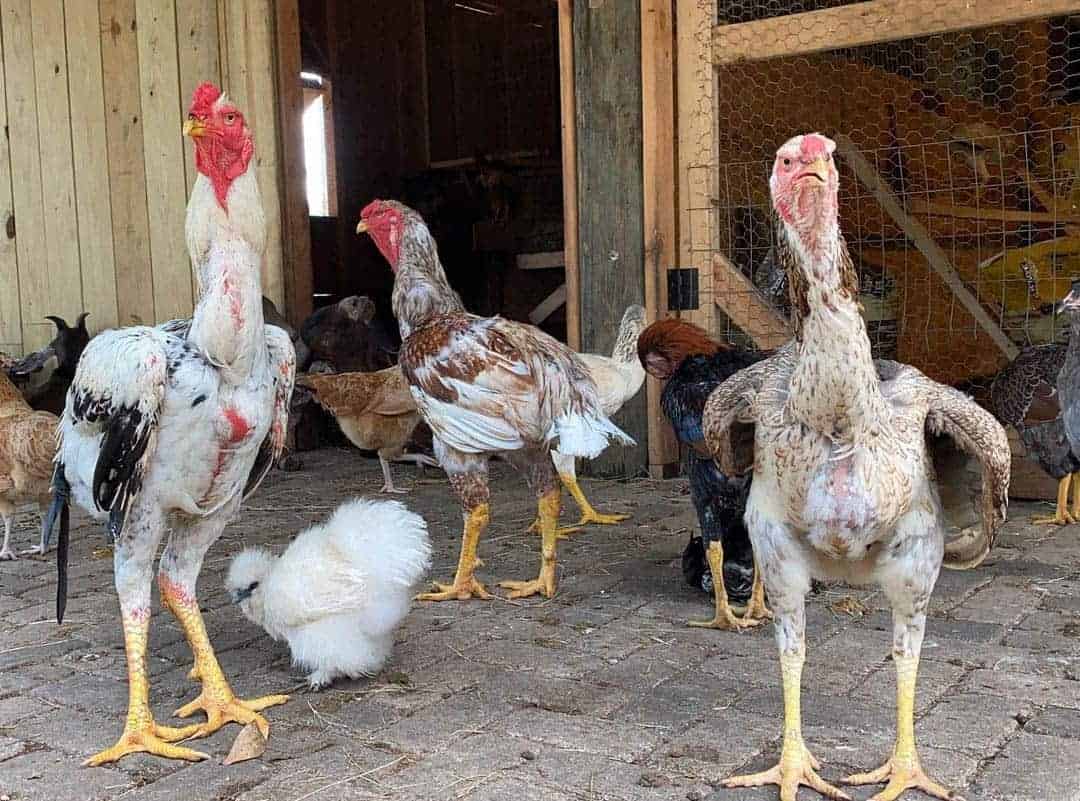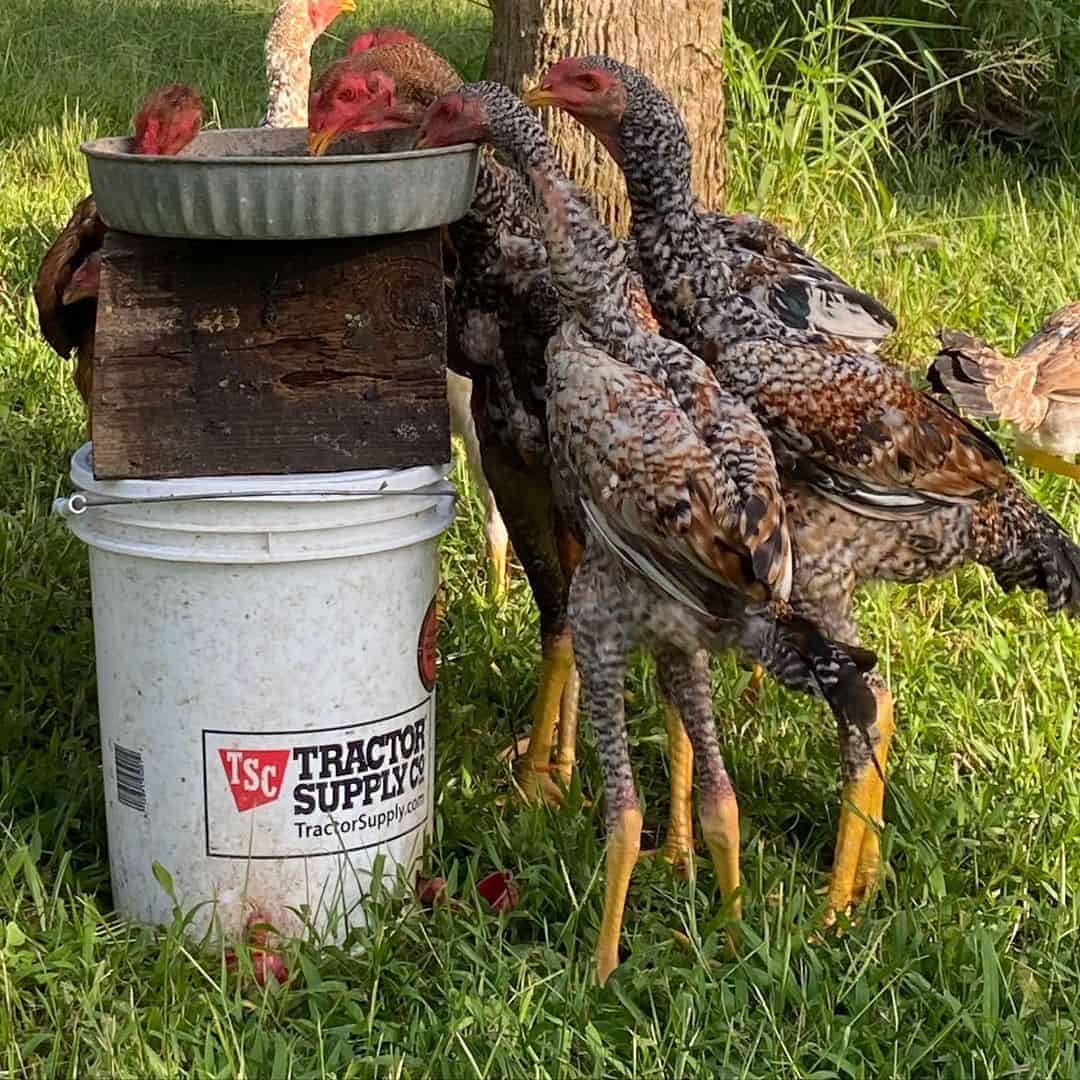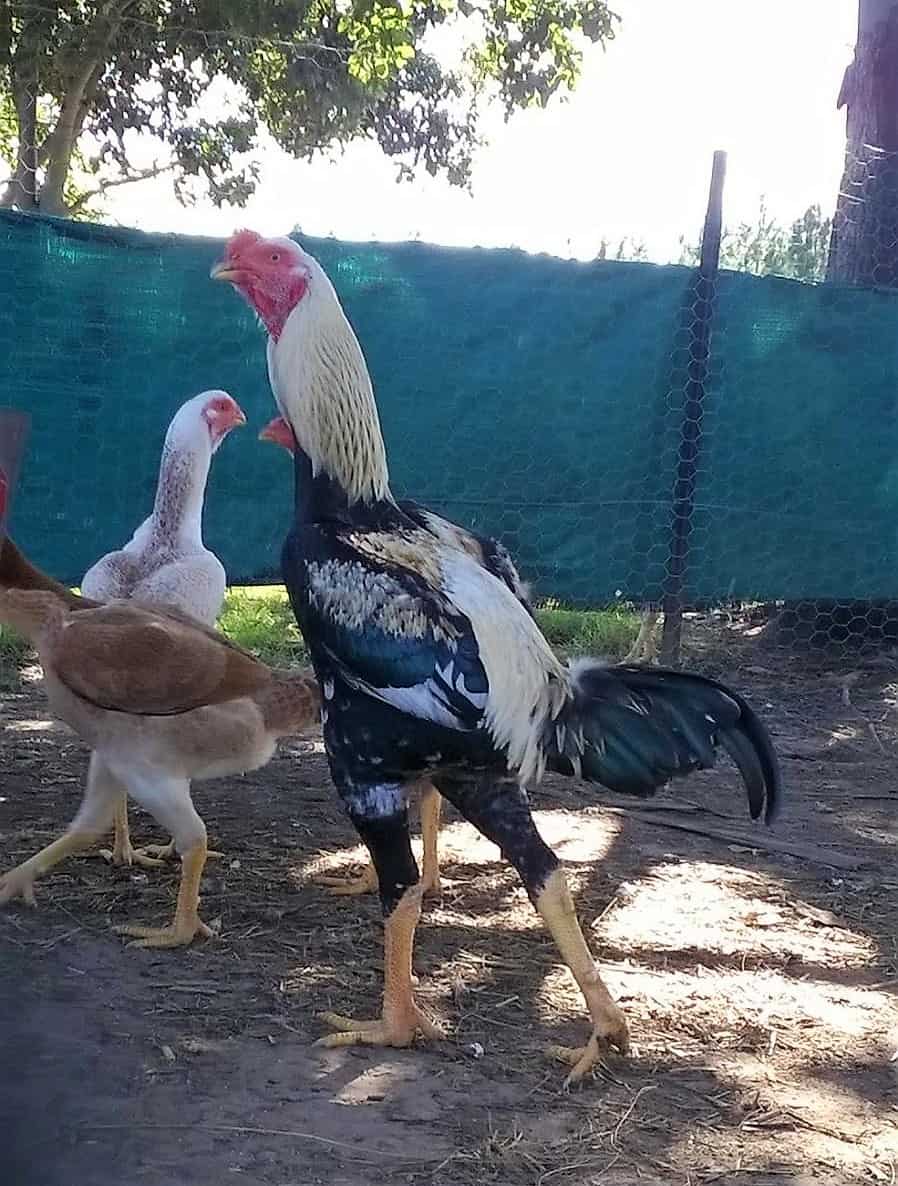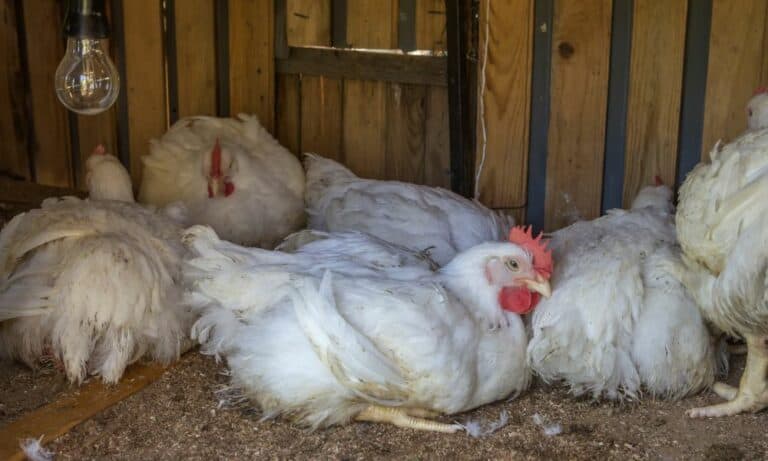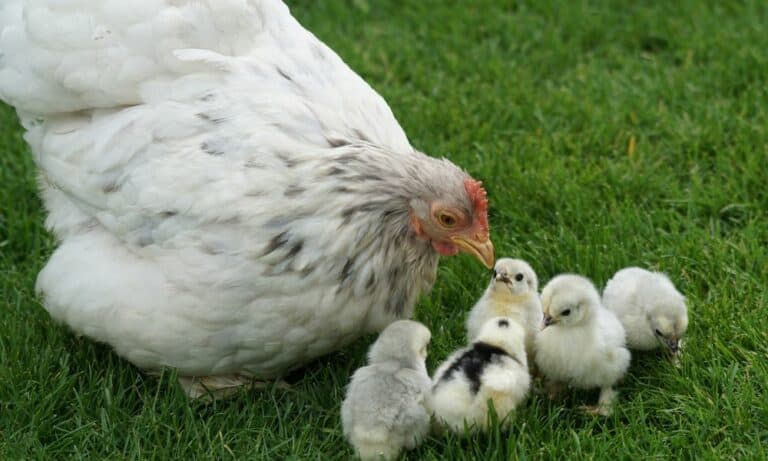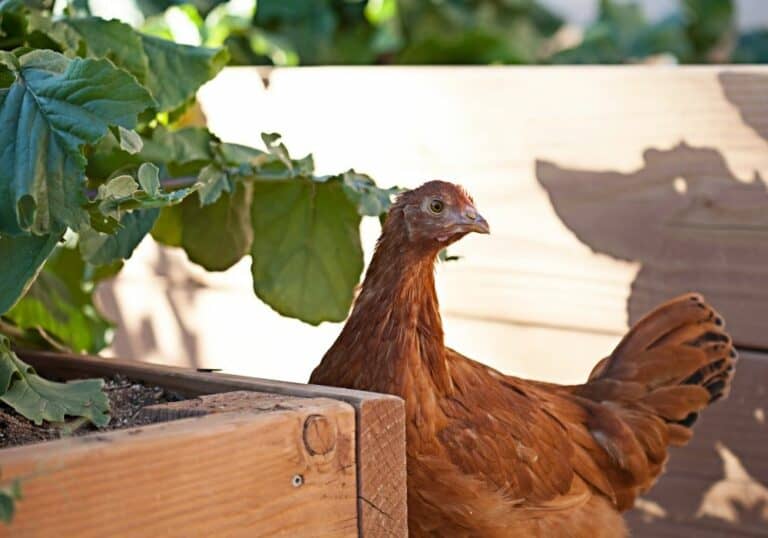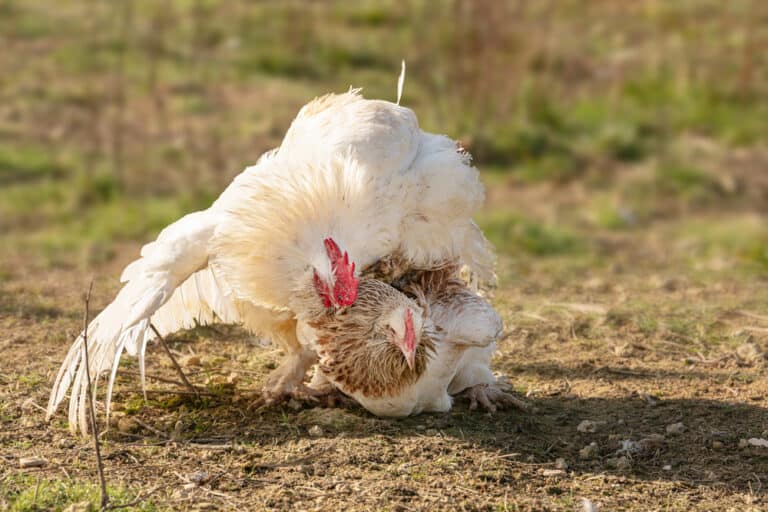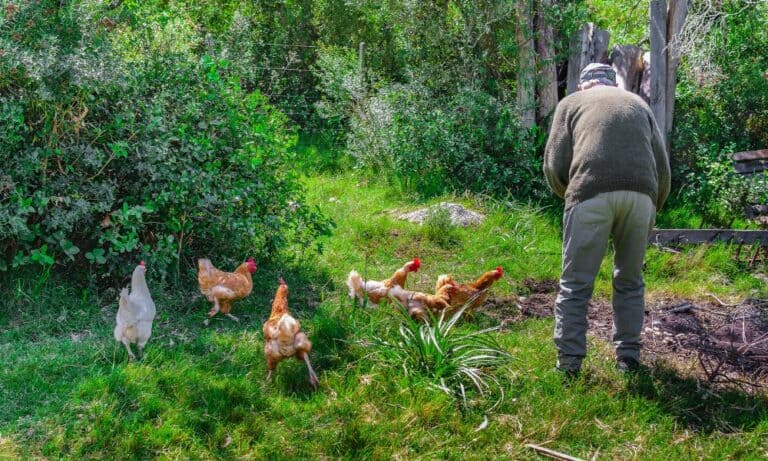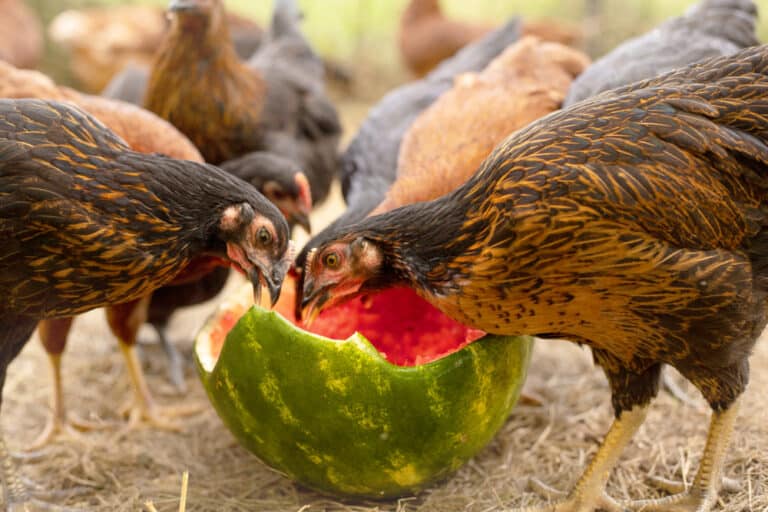The Malay breed of chickens is fascinating due to their impressive stature and strength. They are one of the most unique chickens in the world and it’s no surprise you’re interested in them. If you’re excited about raising Malay chickens but don’t know where to start, you’ve come to the right place.
Here in our complete guide to Malay chicken, we’ll delve into the bird’s history, origins, temperament, and other important details. Join us as we explore the world of Malay chickens to help you get started raising and caring for them.
History and Origins of the Malay Chickens
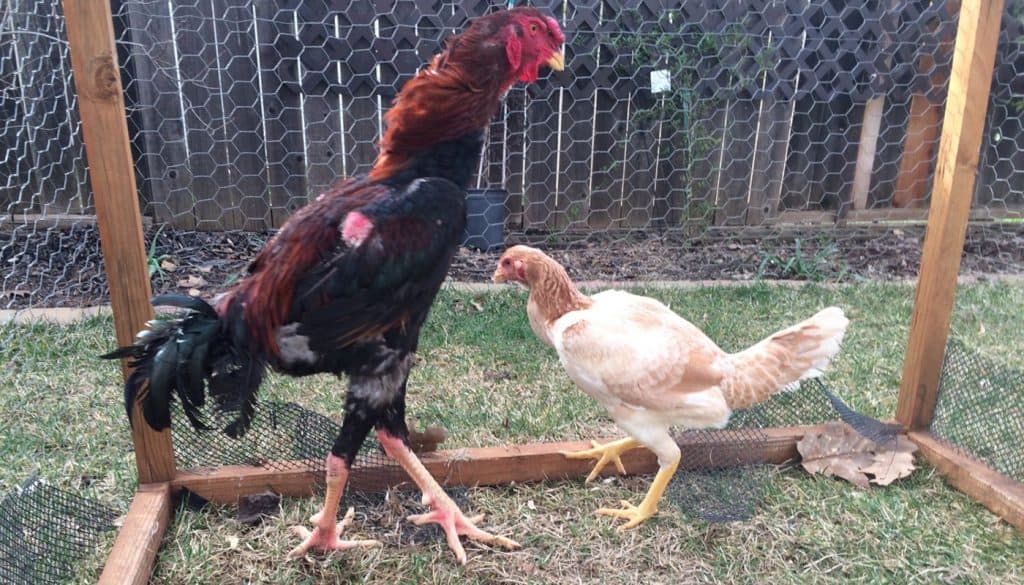
We can trace the recent origins of these chickens by looking back at the 1830s. It was when chicken enthusiasts started importing big Asian chickens to England since it was considered “fashionable” to make them part of poultry collections.
Malay chickens started to be bred at that point, but their exact history is debated. At the time, the English were importing chickens from both the Malay Peninsula and the Deccan Plateau. What we do know is that these large chickens have roamed the Earth for over 3,500 years.
The Malay chicken became popular due to its unique characteristics. They are extremely tall, have heavy bones, a short-stout beak, and a broad skull. This chicken was also known to have an aggressive nature which is why it was commonly used in cockfighting.
Thankfully those days are long gone in England. These chickens are now used mainly as pets and for poultry shows.
The Perfectly Unique Breed
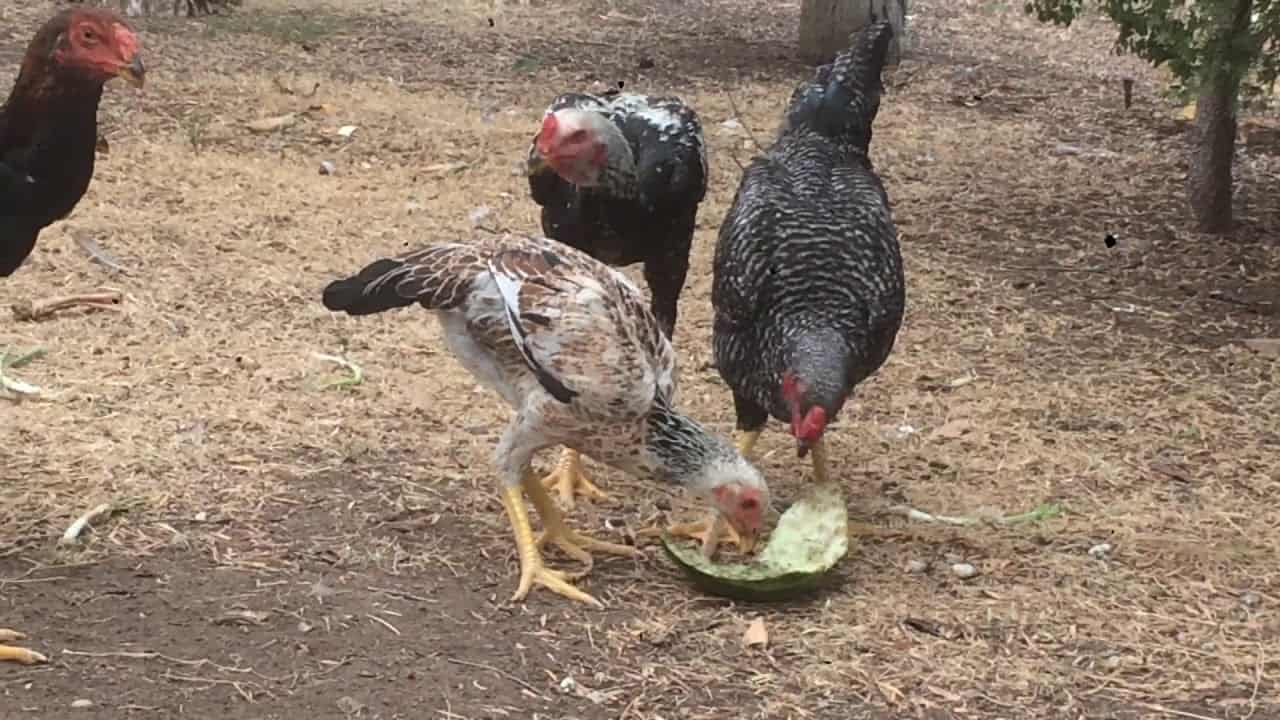
These chickens are rather large and imposing and became popular with breeders and keepers. For a long time now, people have been breeding these chickens to perfect the variety while simultaneously preserving their distinct appearance.
These chickens received the name “Malay” in reference to where they are perceived to have come from, the Malay Peninsula. By 1834, these chickens were found in Germany and Holland before traveling to the United States twelve years later.
In 1845, they were first included in the BPS (British Poultry Standards). A year later, they were brought to the United States for the very first time. However, the breed was only recognized in 1883 by America’s Association, and the red-feathered black-breasted variety was the first color accepted.
The Malay chicken breed has a unique distinction as the first breed to have a bantam variety. Bantam is the name for a small variety of chicken. This bantam breed was recognized by the American Poultry Association in 1904.
It was a popular choice in the US and Europe during the 1800s. However, its demanding care requirements and low egg production caused the chicken to lose popularity among enthusiasts.
Malay Chicken Characteristics – What Makes Them Unique?
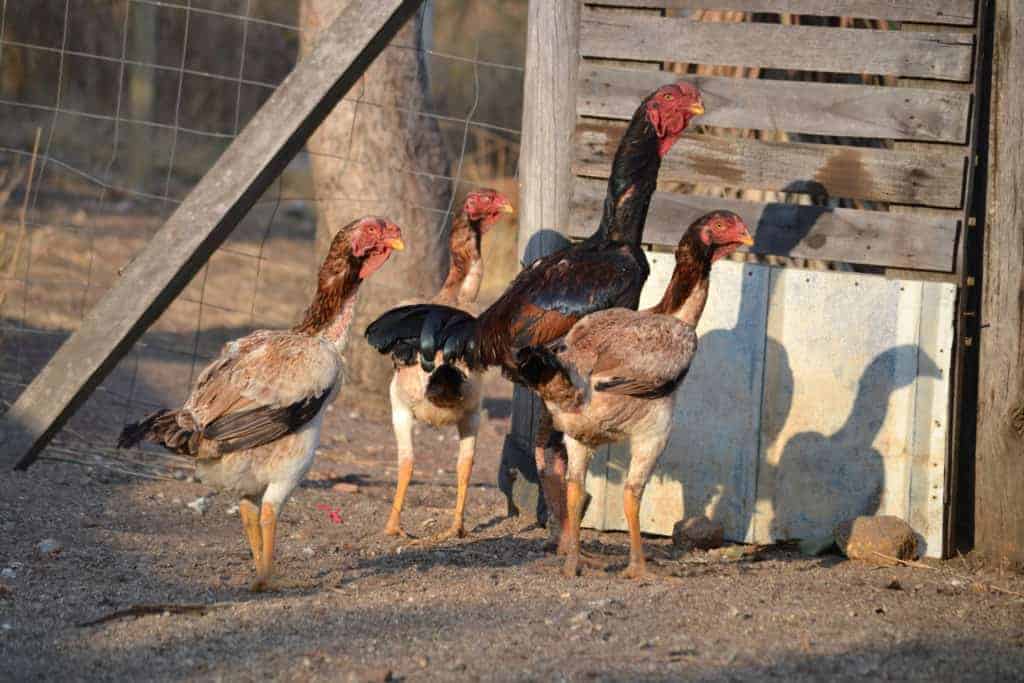
The Malay chicken is a notably large breed, owing its height to a combination of a long neck, legs, and an upright body carriage. Their upright stance accentuates their distinct appearance further, making them appear even larger. Additionally, this breed has tons of unique features and these include the following:
- A hoarse, short, and monotonous crow
- Projecting eyebrows that give it a bold and potentially mean-looking appearance
- Small wattles and a tendency to be bare on their throat and breast
This distinct appearance is accentuated further with low, thick strawberry combs and short, broad, hooked beaks. They also have yellow skin and legs with large scales.
Their feathers are firm, narrow, and close to the body. These may be lacking fluff, but are glossy and display a lustrous sheen in daylight. Also, they have little fluff or down underneath, unlike other breeds.
Standard Malay roosters can weigh up to 11 lbs, while hens can weigh about 9 lbs. Bantam roosters are considerably lighter, weighing around 2.5 lbs, and hens weigh about 2 lbs.
Malay Chicken Profile
Here is a quick rundown of the Malay chicken’s profile to give you all the information you need.
- Rarity: Rare
- Breed Purpose: Ornamental
- Egg Size: Medium
- Broodiness: Average
- Comb: Strawberry
- Egg Color: Brown
- Climate Tolerance: Heat
- Egg Production: 80 to 100 eggs per year
- Egg Productivity: Low
- Skin Color: Yellow
- Standard Weight: 7-9lbs
- Life Expectancy: 5 to 8 years
- Temperament: Broody, fierce, active, independent
- Minimum Coop Space: 6 square feet
Behavior and Personality – How are they Like?
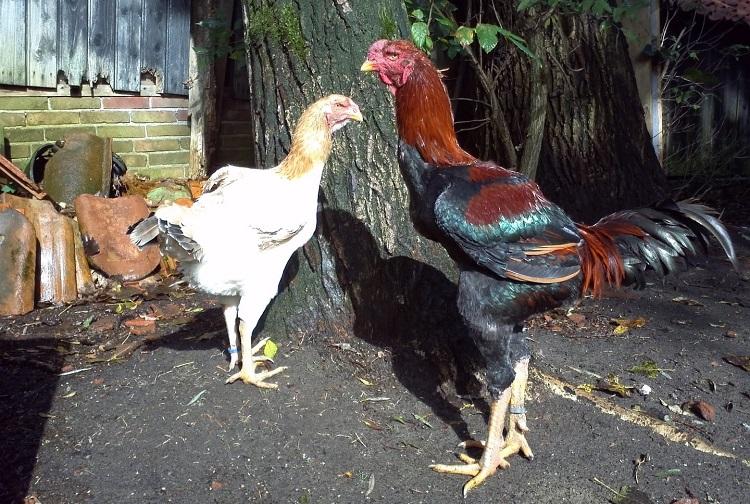
Malay chickens possess distinct physical characteristics and behavioral traits. With that, they tend to engage in fights especially when confined.
Roosters, in particular, can be aggressive and intolerant towards other chickens that approach their hens. So to prevent any harm, it’s best to have only one rooster unless you are keeping a large number of hens.
The male chickens are known for their toughness, energy, and liveliness. However, they require regular physical exercise to maintain their muscular strength and feather firmness.
These chickens are not suitable for isolation as they require ample space to move freely. Therefore, their coop should be spacious enough to accommodate them and should be enclosed to prevent them from flying away. Additionally, they thrive best in warm environments.
Malay chickens are not ideal if you’re looking for a pet to bond with. They are also not ideal if you’re a first-time chicken pet owner. While they can be friendly towards humans and even loyal to their owners, their naturally violent temperament makes them unsuitable for mixed flocks. In fact, the Malay chickens are not good for households with children.
The spangled and mottled varieties of Malay chickens are rare to find or breed. However, their beautiful feathers and colors make them worth the effort.
The Varieties of the Malay Chickens
It is interesting to note that these chickens have a total of seven varieties. What’s more, all of these are recognized by the American Poultry Association (APA) and the American Bantam Association (ABA).
Here are the different varieties of Malay chickens you can find today:
- Black
- Black-breasted Red
- Mottled
- Red Pyle
- Spangled
- Wheaten
- White
It is also possible for you to find that some of these chickens were bred in unrecognized patterns and colors. The black-breasted red is the most common variant on the list. You can easily find them since they are easy to breed, plus tons of poultry farms sell them.
Malay Chicken’s Broodiness

Malay hens are naturally inclined to get broody, which means they like sitting on their eggs, hatching chicks, and nurturing them. However, many strains of Malays lay a small number of eggs for only a few months in a year, limiting their opportunities to brood.
Moreover, because of their size and tightly feathered body, these chickens may accidentally break their eggs. Plus, they cannot cover multiple eggs at once.
Although Malay hens are great mothers, they can get excessively protective. These chickens may end up attacking anyone who comes close to their chicks or eggs. In contrast, Malay roosters don’t really care much and may not be as protective of their offspring.
In terms of egg production for humans, this makes Malay chickens one of the worst breeds and if this is why you wanted a chicken, you should definitely look elsewhere.
Malay Chicken Uses
Since these are tall and strong chickens, the Malays were bred originally for cockfighting. These chickens perform well and fight readily, which is the main reason why chicken enthusiasts loved them.
Nowadays, that activity is thankfully not that common, so Malay chickens are mostly bred and used for ornamental purposes. These chickens are barely used for meat and egg production.
Even though they are huge chickens, they don’t have very large breasts which means you don’t get as much meat as you may expect. Added to that, those who have tasted Malay meat usually remark that is tough and dry.
These chickens can still be used for breeding other chickens, and it is all because of their strength. These chickens provide power and better health to other chicken breeds, but this isn’t too common due to their lack of meat and egg production.
Health Issues and Life Span of the Chickens
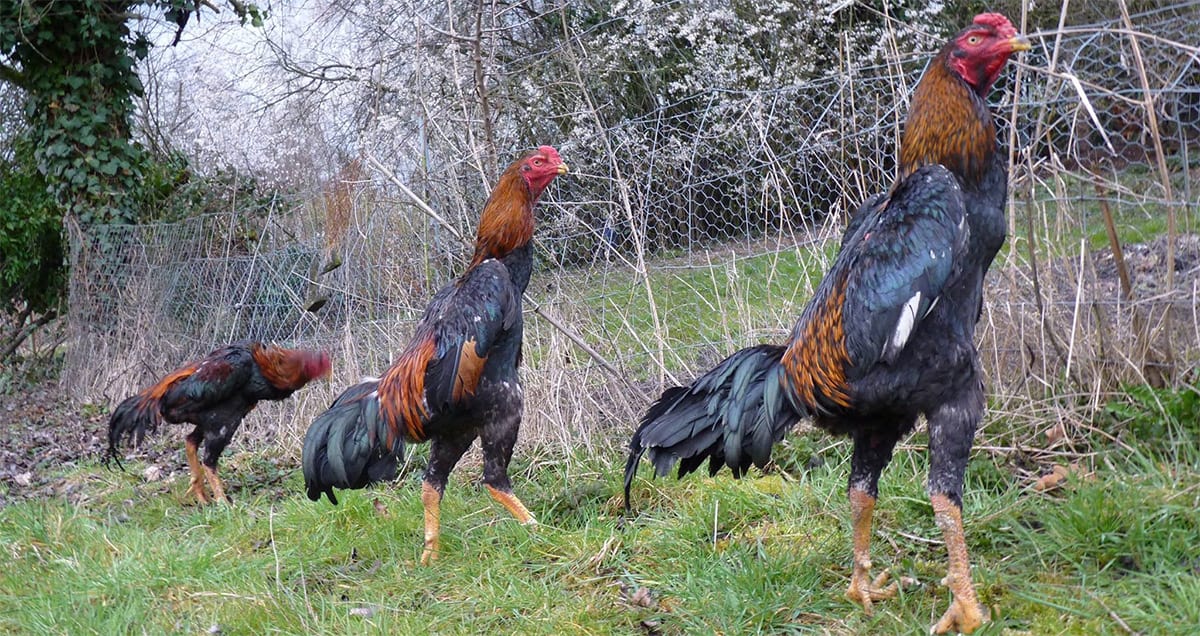
These chickens are quite fortunate since the breed does not have any known specific genetic health issues. So, they can live for an average of 5 to 8 years with very few issues.
Malay hens can often live longer compared to chicken breeds that produce eggs. Why? Because this breed is less likely to have common reproductive issues that attack egg-laying chickens.
However, in recent times these beautiful birds have started to develop health issues due to inbreeding. As they have become increasingly rare, inbreeding is more of a challenge and this can lead to a range of issues such as low hatch and chick survival rates, leg weakness, and respiratory issues.
FAQs
1. What is cockfighting?
You may have heard us use the term ‘cockfighting’ here but what exactly is it? It is a blood sport where two aggressive roosters are pitted against each other and forced to fight to the death. Often small blades are attached to their legs.
While made illegal in many countries, the sport still happens to this day in the likes of Indonesia, Mexico, and the Philippines, among others.
2. Are Malay chickens noisy?
Malay chickens are neither particularly noisy nor quiet since their noise level is comparable to other breeds. However, the crow of the Malay rooster is unique and is described as hoarse, short, and monotonous. This makes it stand out from other roosters.
3. Are Malay chickens aggressive towards people?
Despite their large size, Malay roosters are usually not aggressive toward humans they know and trust. Nonetheless, as with all roosters, there is always a risk of aggressive behavior. It’s important to be comfortable when raising them before adding one to your flock due to their size.
If you want a close bond then it is essential to provide attention to your Malay chickens regularly to create trust. Proper handling and care can minimize the risk of aggression while ensuring a healthy and happy flock.
4. Are Malay chickens good for egg production?
No, not at all. They have none of the characteristics that you’d associate with a good egg layer. Simply put, if you’re planning on raising chickens for egg production, Malay chickens would not be the ideal option.
On average, they lay around 80 to 100 medium-sized eggs annually. In comparison, a good egg layer will lay around 300 large eggs per year. Added to these facts, Malays are broody and don’t lay many eggs throughout the winter.
5. How tall can Malay chickens get?
These chickens are among the tallest breeds that can reach over 90cm tall. In comparison, there are many common chicken breeds that are only a third of that height. The average chicken is around 50 to 60cm tall.
6. What is the tallest breed of chicken in the world?
The largest chicken known is the índio gigante. This monstrous chicken can get up to over a meter tall. Interestingly, the índio gigante is a crossbreed of a handful of large gamecocks, including the Malay chicken.
7. Are Malay chickens good pets?
The answer to this will depend on what you’re looking for from a pet. If you want a loveable and friendly companion that is great for children, then they aren’t ideal. They also aren’t a good option for those looking for a low-maintenance pet.
However, if you wanted to care for a rare and majestic breed of chicken that will become loyal, then you’ll love the Malay chicken. Many love them for their intelligence while being able to admire their ancient beauty.
Conclusion
Malay chickens were originally sought after for their striking appearance. Today they remain a popular choice among chicken enthusiasts who appreciate their unique beauty and strong personalities.
They aren’t ideal for either egg or meat production so if you were hoping for this, it’s best to look elsewhere. However, raising these birds is an excellent option for those who want to support and preserve rare chicken breeds.
For those who are up for the challenge, keeping Malay chickens can be a highly-rewarding experience. If you have the time, experience, space, and enthusiasm to raise this breed, you will be in for a treat.

